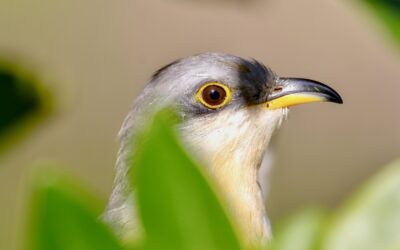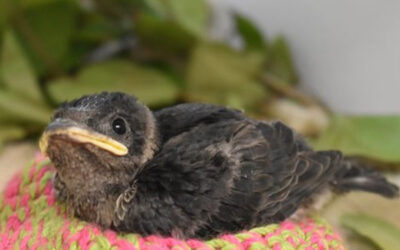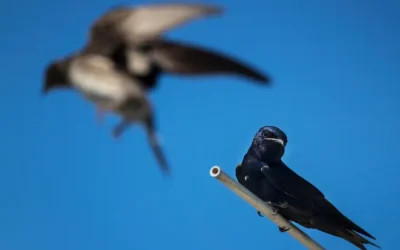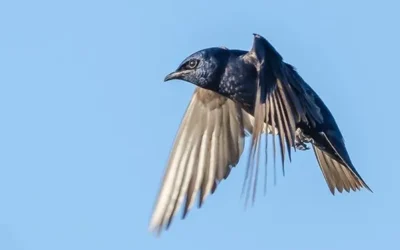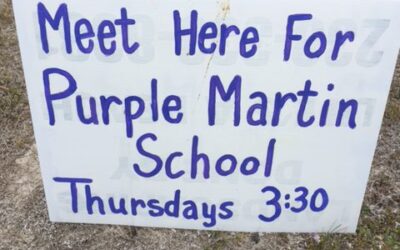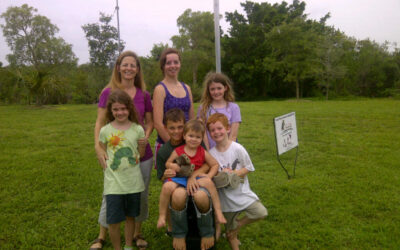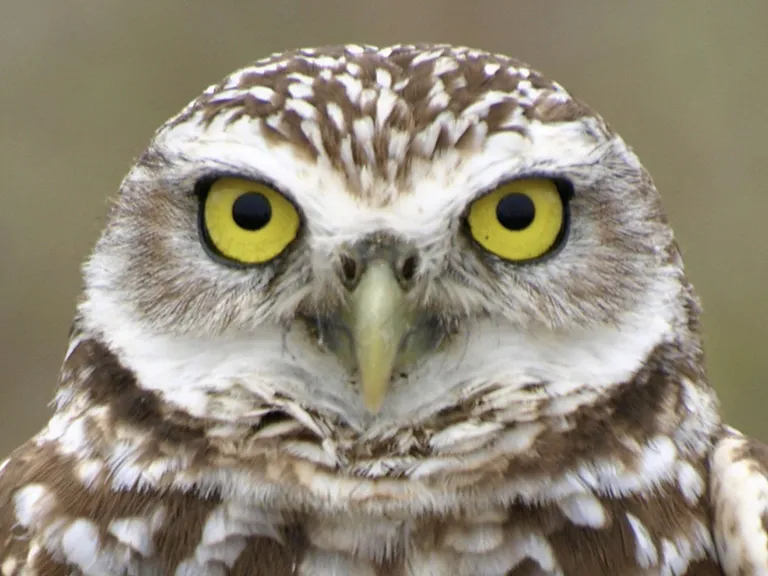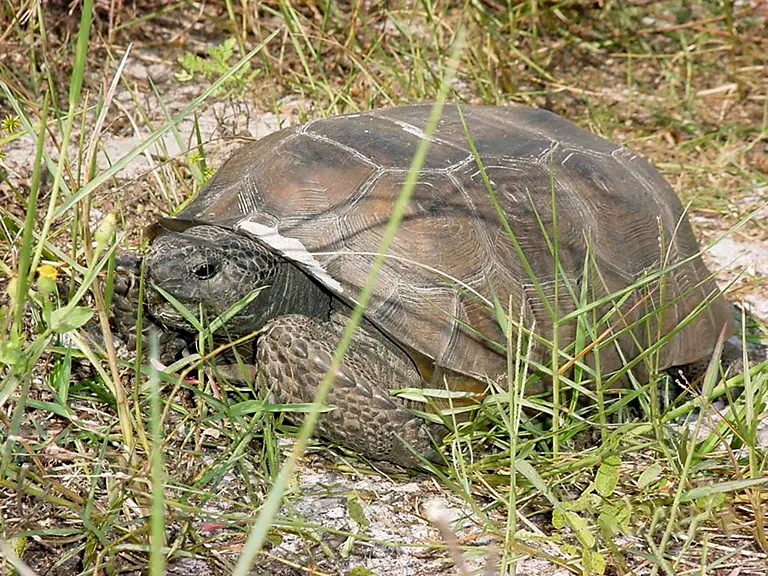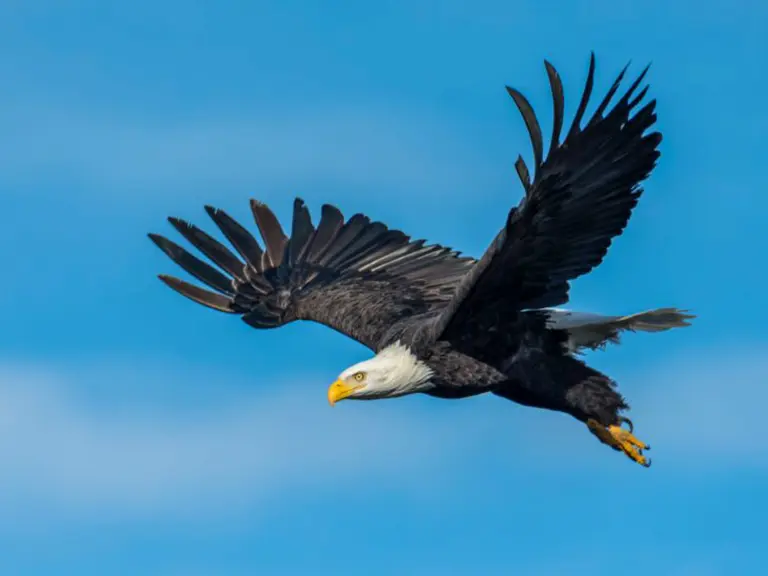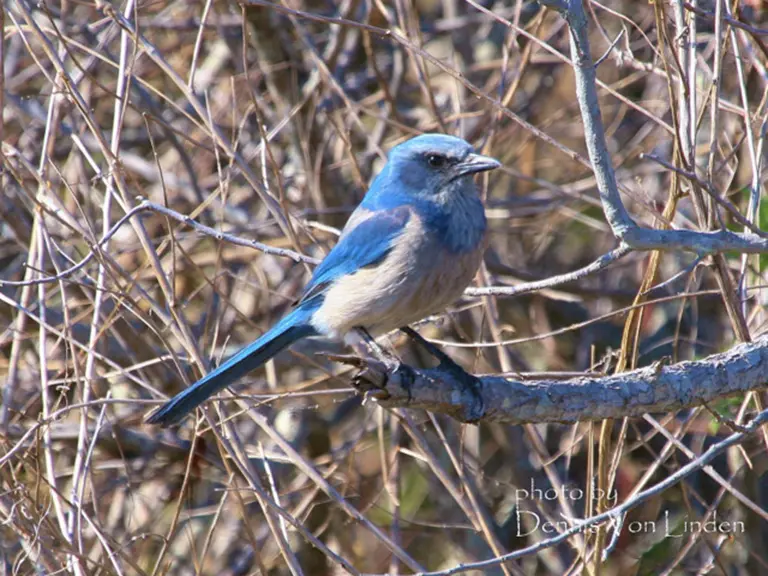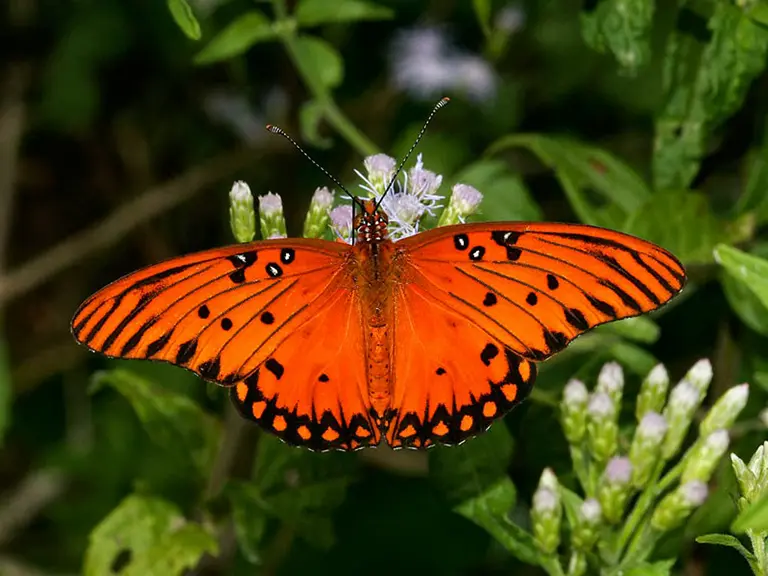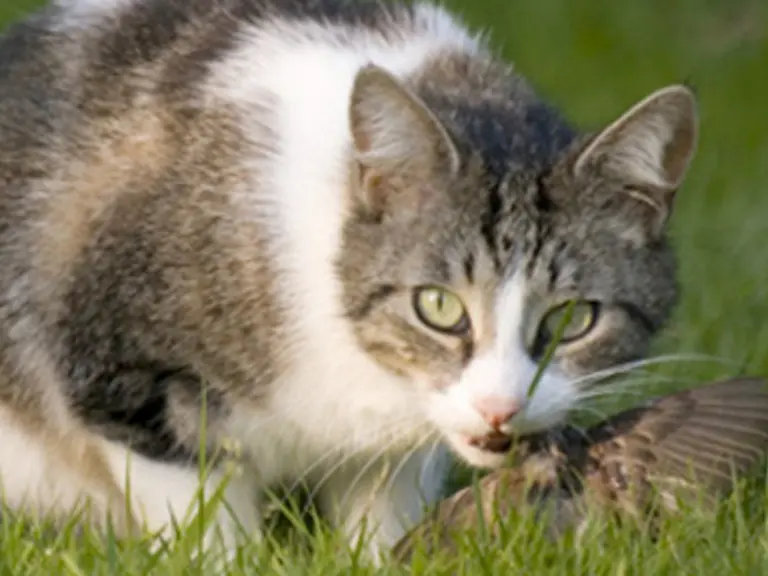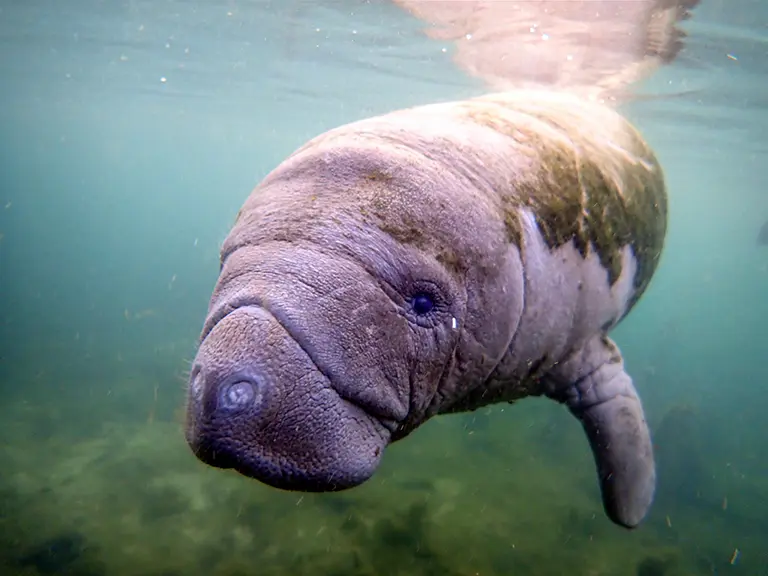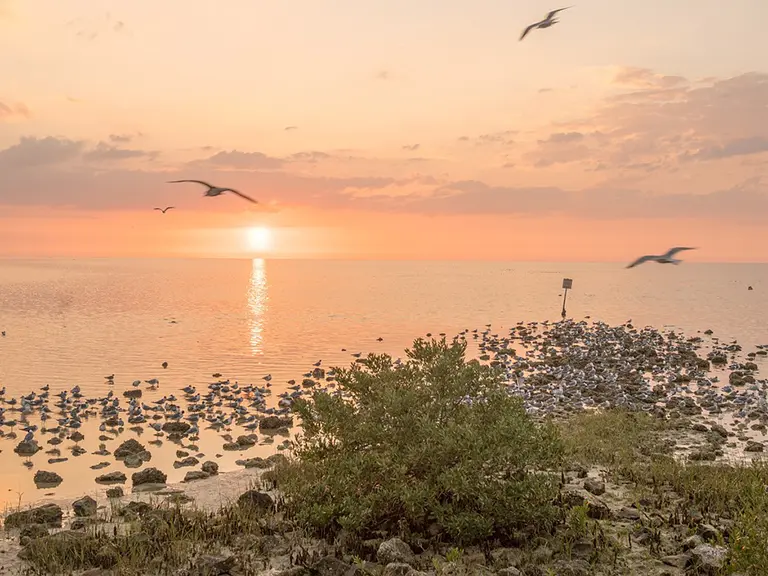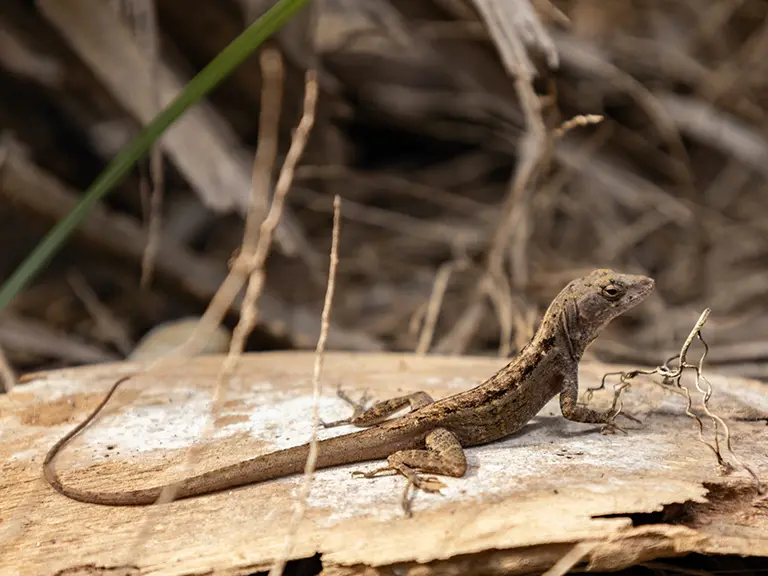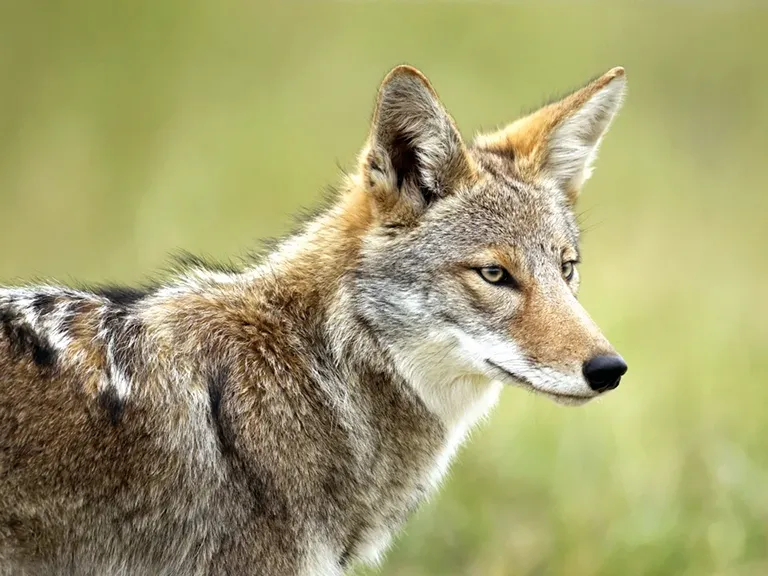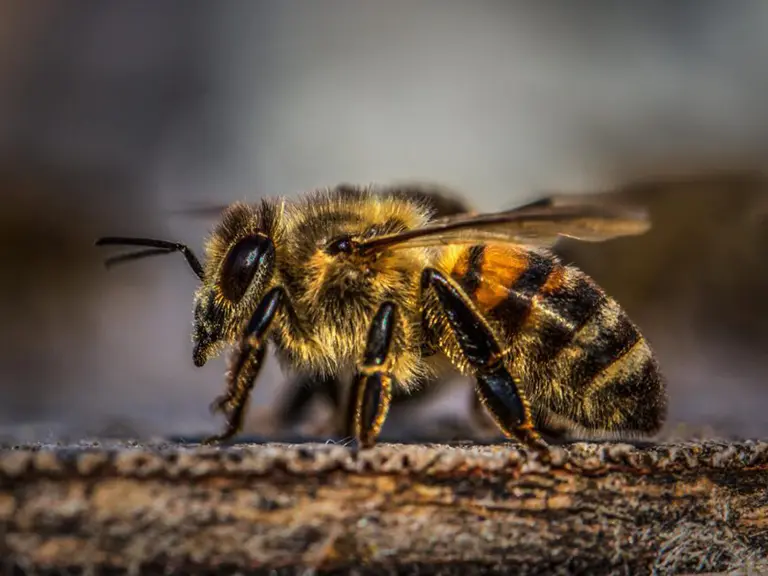Purple Martin
Purple Martins are the largest member of the swallow family and thousands of people erect Purple Martin houses to attract this fascinating bird. Their speed, agility and aerial acrobats have fascinated people for years.
Purple Martins are found throughout the temperate climates of North America, and breed mostly in the eastern portions of North America.
Purple Martins are cavity nesters. With fewer and fewer dead trees available to find suitable homes, Purple Martins have thrived on artificial housing, installed by man. Almost everyone is familiar with the Purple Martin house, high up on a pole, but few people know anything about this interesting bird.

Cape Coral Purple Martin Project
Cape Coral Friends of Wildlife is fortunate to have a member, Cheryl Anderson, who is an expert on the Purple Martin, and has been a Purple Martin “landlord” for over 30 years.
Here in Cape Coral, you can almost set your watch by the arrival of the first male Purple Martins, who arrive in early spring searching for suitable housing or returning to their nest from the previous year. Thanks to Cheryl’s enthusiasm about these birds, Cape Coral Friends of Wildlife has installed artificial gourd racks at both Rotary Park and Sirenia Vista Park. Rotary Park has twenty artificial gourds on two racks that are completely occupied with nesting pairs of Purple Martins. Recently, an additional twelve nesting gourds have been placed at Sirenia Vista Park in Northwest Cape Coral.
Sirenia Vista Park
Purple Martin: in the News & Featured Articles
Photographers Birding Bus Tour
As part of Cape Coral Friends of Wildlife’s 22nd Annual Burrowing Owl Festival, Cape Coral Friends of Wildlife will be offering a Photographers Birding Bus Tour. Join Master Birders Eary and Jennifer Warren, and David and Tammy McQuade in an air-conditioned bus for this fascinating four-hour trip.
CROW rescues injured nestling Purple Martin
On May 16 the Clinic for the Rehabilitation of Wildlife (CROW) rescued an injured nestling Purple Martin that had fallen from its nest in Fort Myers.
Purple martins setting up house in Cape Coral on annual migration
In early April, the houses, 12 each on four poles at Sirenia Vista Park in Cape Coral, remained empty, waiting for the thousands of purple martins to arrive on their annual migration north from South America.
Cape Coral’s purple martins: What you should know about these peculiar part-time residents
With more than 30 years of experience watching and studying the purple martins, Cheryl Anderson has a strong grip on the birds’ behaviors and is the person to ask pressing questions such as:
Purple Martin School Comes to Cape Coral
by Cheryl Anderson, Cape Coral Friends of WildlifeAfter two successful seasons of purple martins at our local park, the Cape Coral Friends of Wildlife decided it was time to make a bigger statement for the purple martins in our City. With the help of a grant from...
Purple Martin Bird School
by Elizabeth McDonough, volunteer studentOne day in March my mother announced to me and my five siblings that we would be going to a park to study and learn about birds. My younger brothers and sisters were excited about it, but me being a teenager, already knew a lot...

